Menu:
- Home
- TAC-G
- Calendar
- Cybersecurity
-
Projects
- Plans & Documents
- Tribal Medical Reserve Corps
- Tribal CERT
- Tribal RACES
-
Blockwatch
-
Interoperable Communications
- Nation to Nation
- Legislative
- Links
- Grant Opportunities
- Critical Infrastructure Protection
-
Tribal Public Health
- Tribal GIS
-
Public Information Officers
- Upcoming and Past Conferences
![]()
Upcoming Events
NWTEMC Tribal Partners

Colville Confederated Tribes
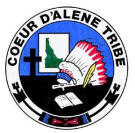
Coeur D'Alene Tribe
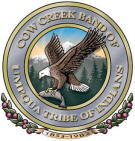
Cow Creek Band of Umpqua Tribe of Indians
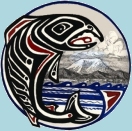
Cowlitz Indian Tribe
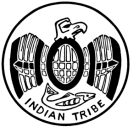
Hoh Indian Tribe

Kalispel Tribe of Indians
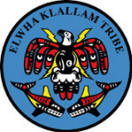
Lower Elwha Klallam
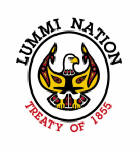
Lummi Nation
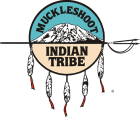
Muckleshoot Indian Tribe

Nez Perce Tribe
Nisqually Indian Tribe
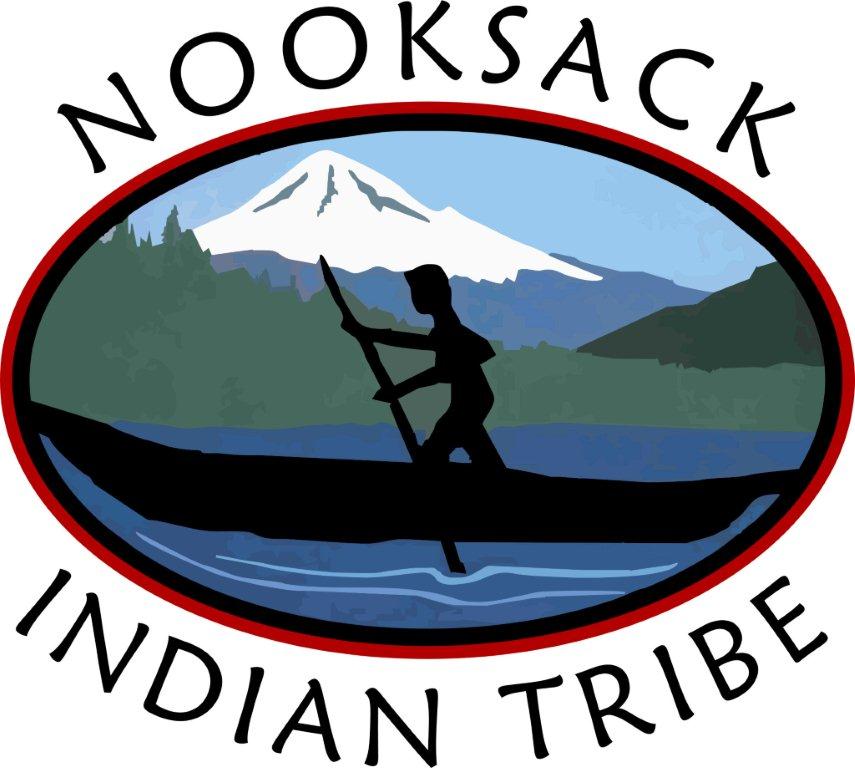
Nooksack Indian Tribe
Quinault Indian Nation

Quileute Nation

Samish Indian Nation
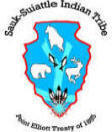
Sauk-Suiattle Indian Tribe
Scammon Bay Native Village, Alaska
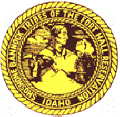
Shoshone-Bannock Tribes

Confederated Tribes of Siletz Indians

Spokane Tribe of Indians
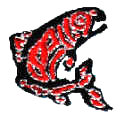
Stillaguamish Tribe of Indians

Swinomish Indian Tribal Community
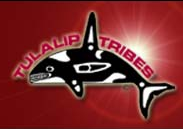
Tulalip Tribes

Upper Skagit Tribe
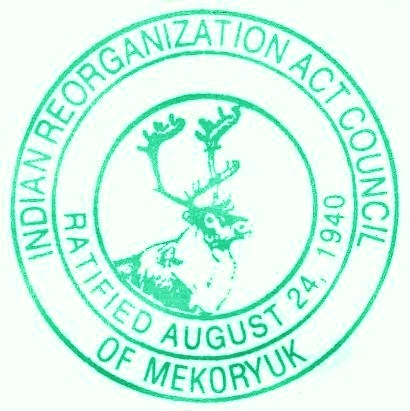
Village Council of Mekoryuk, Alaska
NWTEMC Interoperability Communications
WA State Interoperability Executive Committee (SIEC)
Emergency responders cannot always communicate during crisis situations. The State Interoperability Executive Committee (SIEC) works to ensure all emergency responders can share information via voice and data signals on demand, in real time, when needed, and as authorized. This is the definition of Interoperability.
SAFECOM is a communications program of the Department of Homeland Security. SAFECOM provides research, development, testing and evaluation, guidance, tools, and templates on interoperable communications-related issues to local, tribal, state, and Federal emergency response agencies.
Formal Agreement and Standard Operating Procedure Template Suite and Reference Library
The Formal Agreement and Standard Operating Procedure Template Suite and Reference Library provide members of the emergency response community with guidance to develop their own formal agreements and standard operating procedures (SOPs) relating to communications interoperability.
Interoperable Emergency Communications Grant Program (IECGP)
The Tribes of NWTEMC applied for an IECGP grant in 2008 and 2009 to Washington State to help the Tribes better participate in the the InterOp Communications planning underway in that State. The ultimate goal is that with the planning in place, the tribes can jointly build an emergency communications network that is interoperable and usable as alternate network for all responders during times of emergency.
FY08 IECGP
NWTEMC FY08 IECGP Final Report 4.2010.pdf
FY 2008 IECGP Application - NWTEMC
InterOp Standard Operating Procedures Tribal TEMPLATE
NWTEMC Interop Tabletop Exercise
FY09 IECGP
FY09 IECGP Grant Application: Tribal Communications
TEMPLATE: Communications - Interlocal Access Agreement
FY10 IECGP
FY10 NWTEMC IECGP grant application
Communications Architectural Framework for Nine NWTEMC Tribes
This document is the product of the Technical Assistance provided to enhance Tribal Interoperability.
The Nine tribes that participated in this study are:
-
Tulalip Tribes
-
Stillaguamish Tribe
-
Nooksack Tribe
-
Lummi Nation
-
Upper Skagit Tribe
-
Swinomish Tribe
-
Sauk-Suiattle Tribe
-
Samish Tribe
-
Snoqualmie Nation
EXECUTIVE SUMMARY:
This report delivers a communications
architectural framework for the nine Northwest Tribal Emergency
Management Council (NWTEMC) Tribes in the northern Interstate 5
corridor of Washington State. These tribes include the Tulalip
Tribes, Stillaguamish Tribe of Indians, Nooksack Indian Tribe, Lummi
Nation, Upper Skagit Tribe, Swinomish Indian Tribe, Saukâ€Suiattle
Indian Tribe, Samish Indian Nation, and Snoqualmie Tribe. The
jurisdictional area of responsibility of these tribes varies in size
and terrain and their existing communications infrastructure varies
as well.
The architecture is divided into
three parts that are addressed individually for each tribe. These
are:
-
· Intraâ€tribe communications for establishing or enhancing operations within the tribal jurisdiction.
-
· Interâ€tribe communications for establishing interoperability among these nine tribes.
-
· Tribal agency communications for establishing interoperability with state/county/local agencies.
Four key architectural elements have
surfaced as options for enhancing communications and
interoperability.
-
· Use of inâ€car repeaters for increased signal strength: Analysis shows that the signal strength on the handheld radios is not sufficient in several cases across the tribal jurisdiction – especially inside buildings and over rough terrain. Some tribes are using inâ€car repeaters very successfully, and this report recommends that tribes use inâ€car repeaters where coverage is fading. Where coverage is completely lacking, the deployment of new repeaters on new or existing towers is required even though it is an expensive option.
-
· Mandatory dispatch services for each tribe: Dispatch centers are a crucial part of the public safety communications infrastructure and help in several ways to enable interoperability. It is strongly recommended that each tribe with a law enforcement agency receive dispatching services through a tribal or a county dispatch center.
-
· Programming common frequencies of neighboring agencies and tribes into radios: It is normal for neighboring agencies and tribes to talk to each other often during daily operations as well as during emergency situations. Where they are within the same radio footprint and using the same frequency band, they should program their radios with the same frequencies.
-
· Use of NWRIC infrastructure to achieve interoperability among tribes and agencies: NWRIC is an IP loop being established by Washington State to enable interoperability among agencies that are far apart or that utilize different radio systems. It can likewise provide interoperability among the nine tribes. At least one tribal dispatch center must have a permanent network link to the NWRIC infrastructure and the necessary dispatching capabilities. This will allow the dispatch center to establish interoperable communications among these nine tribes in case of an emergency.
This document does not lay out
detailed designs for any of the options presented. These designs
require further effort and are not within the scope of the
conceptual architecture presented.
Voice Radio Communications Guide for the Fire Service (Oct 2008). (3.8 MB, 77 pages)
Developed for the Fire Service, this is a great guide for all Emergency Services for Radio Communications. Section 7 (Page 58) discusses Interoperability.
Interoperable Communications Technical Assistance Program (ICTAP)
ICTAP is a technical assistance program designed to enhance interoperable communications among local, State, and Federal emergency responders and public safety officials, and is associated with G&T's Urban Areas Security Initiative (UASI) grant program. The goal of the ICTAP program is to enable local public safety agencies to communicate as they prevent or respond to a WMD attack. ICTAP also leverages and works with other Federal, State, and local interoperability efforts whenever possible to enhance the overall capacity for agencies and individuals to communicate with one another.
Homeland Security is working with the NWTEMC to help WA Tribes increase their Inter-Op capabilities. DHS is currently gathering data to develop needs assessments for the Tribes. The template below will help DHS identify what the Tribes current capabilities are and what is needed.
Tribal Network Data Collection Template_Isensepro Rev 1.xls
If you have any questions please contact:
Steve A. McLaughlin CDR, USN (ret)
Homeland Security/Counterterrorism Division
2456 Grand Ave.
East Wenatchee, WA 98802
509-264-3810
mclaughlin@soundandsea.com
More information regarding the ICTAP program can be found at: http://www.ojp.usdoj.gov/odp/ta_ictap.htm
Communication Assets Survey and Mapping (CASM)
The Department of Homeland Security has given NWTEMC access to a radio communications tool called Communication Assets Survey and Mapping Tool (CASM). This application allows Public Safety entities to catalog radio resources. When fully implemented, this tool will provide an accurate picture of current communications capability, It has and will continue to provide a planning base for the future.
The CASM program collects information about an agency's mobiles, portables, frequencies/channels, base stations, gateways, towers/repeaters.
When an agency enrolls in CASM and provides data about its own systems, it will be allowed access to the information that all other entities are going to submit as well. This can help achieve several objectives:
- The CASM will become a centralized place for radio information and programming for Public Safety professionals.
- Maine jurisdictions and agencies will have shared access to partners' inventory information, which will assist in local planning.
- It will provide for greater detail and information that may not be available in Federal Communication Commission (FCC) databases.
This information will be used only to assist the NWTEMC Tribes in improving their radio interoperability and future planning of infrastructure. This information in the right hands of Public Safety communication leaders will help create a central repository of knowledge to be able to assist first responder communication needs before an incident and not after.
CASM Homepage and user login:
https://franz.spawar.navy.mil/v2_index.phpFCC License Search: http://wireless2.fcc.gov/UlsApp/UlsSearch/searchLicense.jsp
request for proposal: sept 2008: fY08 IECGP "interop communications grant": ../documents/NWTEMC FY 08 IECGP RFP.doc
